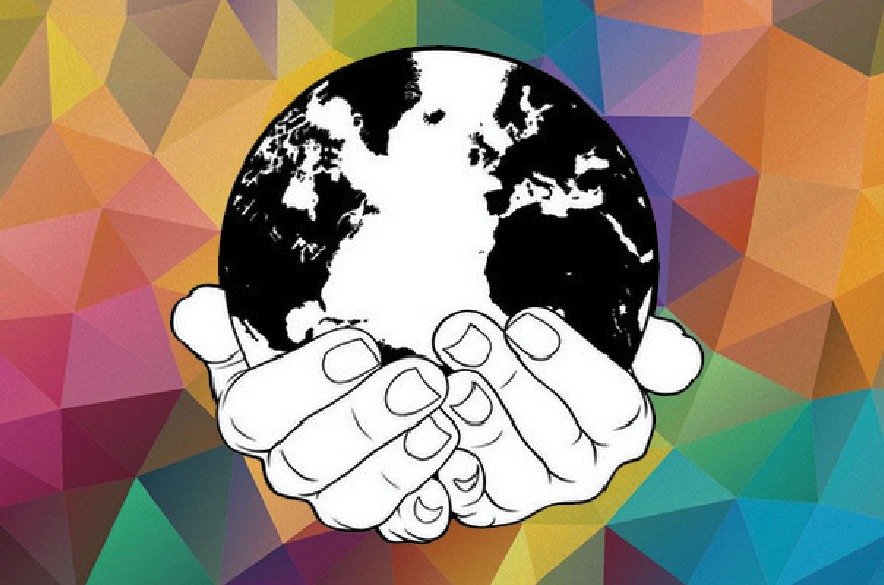Social Enterprise: Statistics from Around the World

Social Enterprise – is it a trend, a revolution, or something in between?
The fact that most social enterprises fail, won’t ever experience even a fraction of the fame enjoyed by the Airbnbs and Ubers of the world, and are unlikely to exit at any point – isn’t deterring thousands of purpose driven people from giving it a shot.
This should come as no surprise, as the motivators for launching and building a successful social enterprise can be intoxicating. More than ever before, the exciting success stories of social enterprises like Toms, ThankYou Group, Patagonia, Terracycle, and One Acre Fund continue to enchant idealist, consultants, developers and problem-solvers to jump on the entrepreneurial wagon in the hope of creating a commercially viable business that generates significant social impact.
There are numerous theoretical and practical considerations to take into account when starting a social enterprise. One of these is an awareness of social enterprises’ evolving landscape and the limitations of the current system in which it operates.
If we are genuinely committed to the long haul that is social enterprise, it is important to understand its context, impediments and scope. In doing so, we put ourselves in a better position to harness the potential of social entrepreneurship and advocate on its behalf. By understanding what is happening, we can contribute towards designing a more effective system to meet societies most pressing issues.
To help you get started, here are some social enterprise statistics from around the world.
AUSTRALIA
BELGIUM
63% self-generated over 50% of their revenues through fees or sales (2014).
CANADA
57% are less than three years old (2015). 81% describe themselves as having a social purpose, 45% operate to achieve a cultural purpose, 26% work towards employment development, and 27% focus on the environment (2016).
EUROPEAN UNION
1 out of 4 new enterprises set-up every year are social enterprises.
INDIA
More than 89% less than 10 years old and 88% in the pilot, start-up, or growth stage (2012). One-third grew by over 50% and only 6% had negative growth (2010).
INDONESIA
80% are small-scale enterprises (2012).
MALAYSIA
21% lack adequate funding (2015).
MIDDLE EAST
75% of universities teaching social entrepreneurship (2009). Estimated 78 globally recognised social entrepreneurs operating in the region (2010). 20-30% of business plan competition submissions are social enterprises (2013).
PHILIPPINES
SCOTLAND
SENEGAL
18.1% of the population are pursuing social entrepreneurial activity (2015).
VIETNAM
68% are working towards poverty reduction and 48% have environmental objectives (2012).
UNITED KINGDOM
More likely to be led by women and those from minority ethnic groups (2014). 50% reported a profit, 73% earn more than 75% of their income from trade, and 27% have the public sector as their main source of income (2015).
UNITED STATES OF AMERICA
If you know of other social enterprise statistics, please add them (including a URL to the source) in the comments below.



Isaac Lyne
Cambodia: The most prominent focus of social enterprises is children and women, 22% of social enterprises in the non-profit sector focus on education, training and 10% focus on health, nutrition and HIV/Aids., 7% focus on agriculture and 5% focus on microfinance and savings.
Between 2006 and 2011 in Cambodia’s NGO sector, the proportion of revenue derived from grants and donations fell by 16% and the proportion of revenue from commercial activity rose by 15%. It is now estimated that around 40% of social enterprises gain more than half of their revenues from commercial activities.
Sources:
https://www.iap-socent.be/sites/default/files/Cambodia%20-%20Lyne%20et%20al.pdf
https://link.springer.com/article/10.1007/s11266-013-9400-7
Isaac Lyne
Cambodia: 22% of social enterprises in the non-profit sector focus on education, training and 10% focus on health, nutrition and HIV/Aids., 7% focus on agriculture and 5% focus on microfinance and savings.
Between 2006 and 2011 in Cambodia’s NGO sector, the proportion revenue from commercial activity rose by 15%. It is now estimated that around 40% of social enterprises gain more than half of their revenues from commercial activities.
Sources:
https://www.iap-socent.be/sites/default/files/Cambodia%20-%20Lyne%20et%20al.pdf
https://link.springer.com/article/10.1007/s11266-013-9400-7
Monika de Neef
In 2017 New Zealand government announced an investment of over $5 million to grow New Zealand’s social enterprise sector. The ?kina foundation helps social enterprises to start and grow: (http://akina.org.nz). They are creating a directory of social enterprises in New Zealand and they are partners in the Impact Initiative programme: (http://theimpactinitiative.org.nz). The Department of Internal Affairs (http://dia.govt.nz) contracted with Business and Economic Research Limited (http://berl.co.nz) to conduct research into the contribution of the social enterprise sector to the New Zealand economy. So suggested to check these sources for the latest statistics.